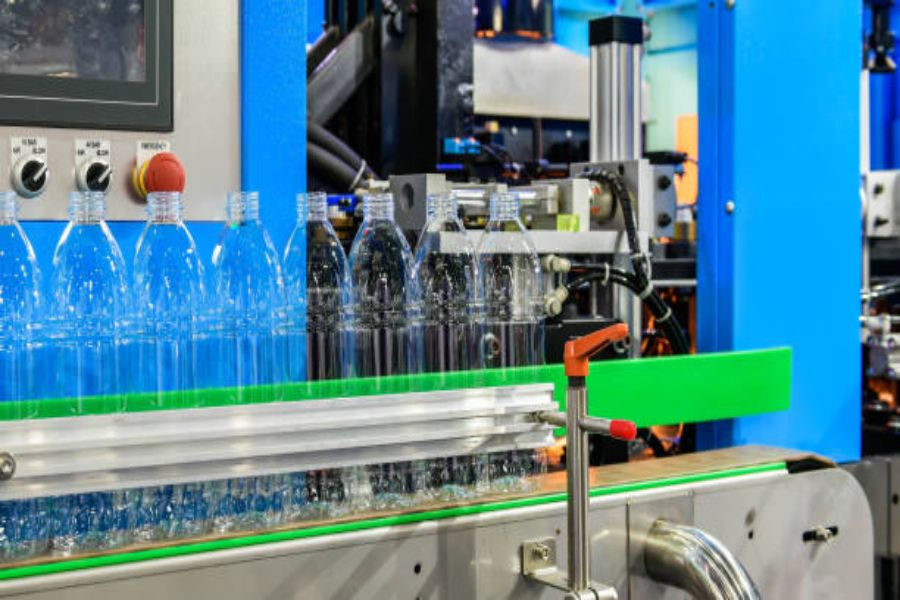Introduction
If you’re involved in the manufacturing industry, chances are you’re familiar with mold materials. Mold materials are used by manufacturers to create objects with specific shapes or designs. One type of mold material that you may encounter is high temp mold material - a type of material that can withstand extreme temperatures. In this article, we’ll dive deeper into high temp mold material and what makes it so unique and useful.
What is High Temp Mold Material?
High temp mold material is a type of material that can endure temperatures beyond 500°F. Such materials are mainly used to make molds for high-performance composites, aerospace parts, and other high-temperature applications. Additionally, high temp mold material has properties such as dimensional stability, low thermal expansion, and resistance to corrosion /oxidation. They are also ideal for making parts with tight tolerances, a high level of precision, and complex shapes.
Types of High Temp Mold Material
There are several types of high temp mold material, each with unique pros and cons. The most commonly used materials include:
- Aluminum molds: known for their excellent thermal conductivity and low weight, but susceptible to cracking and warping.
- Steel molds: known for their durability and resistance to wear and tear. They’re also hard and can deform easily.
- Copper alloy molds: known for their good thermal conductivity, exceptional durability, and high heat transfer.
Applications of High Temp Mold Material
High temp mold material is widely used for various applications due to its durability and resistance to high temperatures. Here is a list of some of the industries that use high temp mold materials:
- Aerospace industry
- Automotive industry
- Military industry
- Marine industry
- Composite industry
- Medical industry
The Advantages of High Temp Mold Material
Some of the main advantages of high temp mold material include:
- High durability
- Can withstand high-temperatures
- Good resistance to corrosion and oxidation
- Low thermal expansion
- Accurate and precise parts
- Easy to machine
- Long lifespan
The Disadvantages of High Temp Mold Material
Despite the numerous benefits of high temp mold material, there are also some disadvantages to consider:
- Expensive compared to other mold materials
- Difficult to repair or modify
- Can warp or crack at high temperatures
- Requires specialised equipment for machining
- Not suitable for low-temperature applications
Factors to Consider When Choosing High Temp Mold Material
When choosing high temp mold material, there are several factors to consider:
- The application and temperature requirements
- The size and complexity of the parts
- The desired lifespan of the mold
- The budget for the mold
How to Maintain High Temp Mold Material
Proper maintenance of high temp mold material can extend its lifespan and ensure its effectiveness. Here are some tips for maintaining high temp mold material:
- Preheat the mold gradually
- Avoid rapid temperature changes
- Clean the mold after use
- Store the mold in the right environment
- Inspect the mold regularly for cracks or warping
Conclusion
High temp mold material is a critical material used in many industries for creating high-performance parts that require excellent strength and durability. While high temp mold material has some disadvantages, its benefits outweigh the cons, making it a popular choice for many applications.
